13 Things Restaurant Chefs Wish Home Cooks Knew
Discover 13 secrets, tips, and tricks that professional chefs use daily and how these can elevate your home-cooked meals to restaurant-quality ones.
- Chris Graciano
- 4 min read
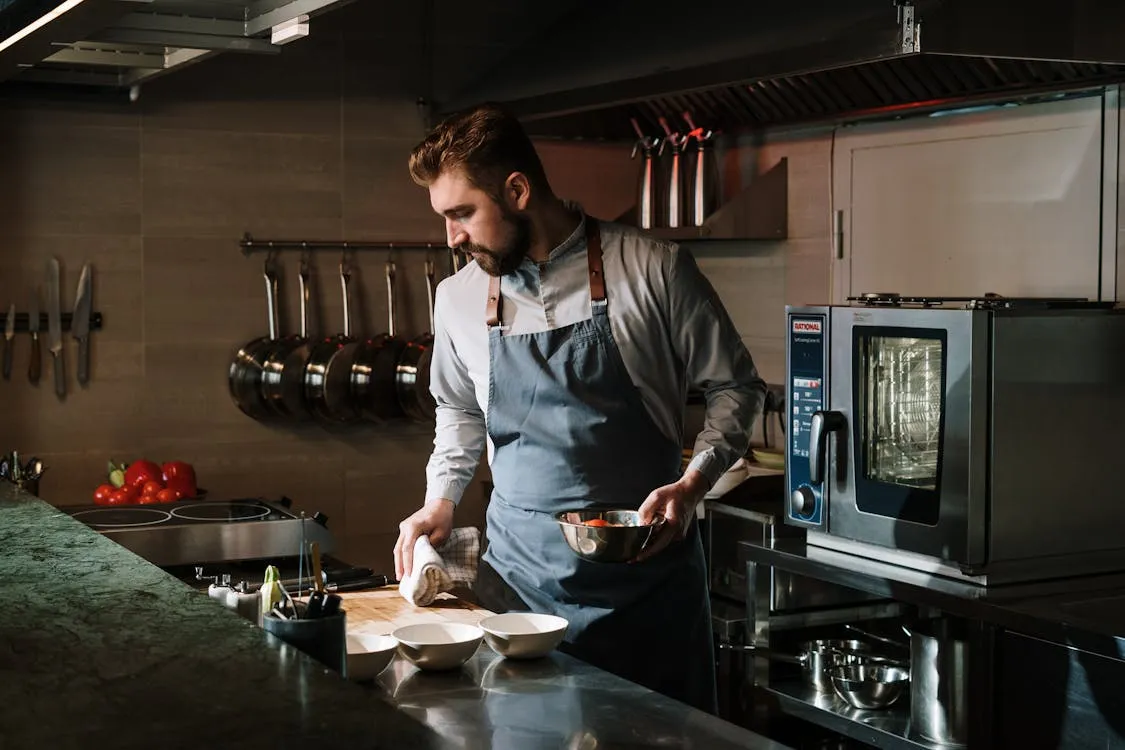
Ever wonder what separates a home-cooked meal from a restaurant masterpiece? Professional chefs have insights that can transform the way you approach cooking at home. From essential tools to mastering flavors, this list of 13 tips reveals the key practices chefs wish every home cook knew to make their meals extraordinary.
1. Sharp Knives Are a Game-Changer
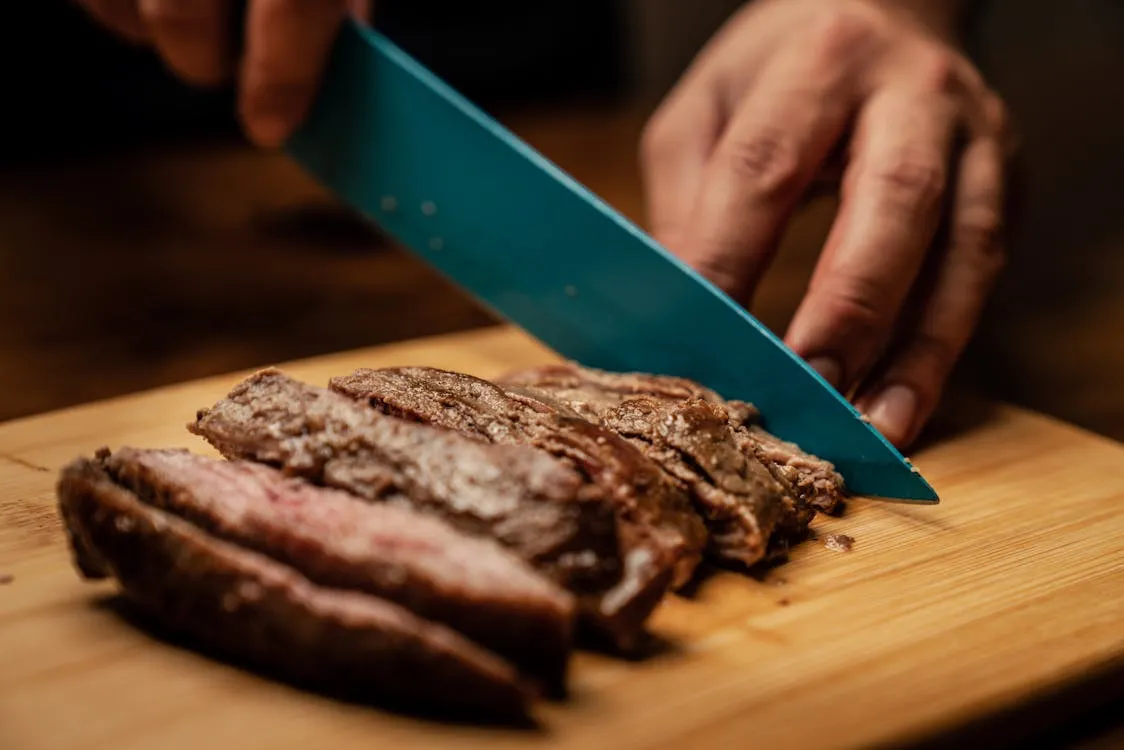 Los Muertos Crew on Pexels
Los Muertos Crew on Pexels
A sharp knife isn’t just about precision; it’s also safer and makes cutting faster. Dull knives crush food instead of slicing it cleanly, affecting texture and taste. Chefs recommend investing in a quality chef’s knife and learning basic sharpening techniques. Remember, even the best ingredients can be ruined by poor-quality knives.
2. Season Your Food Properly
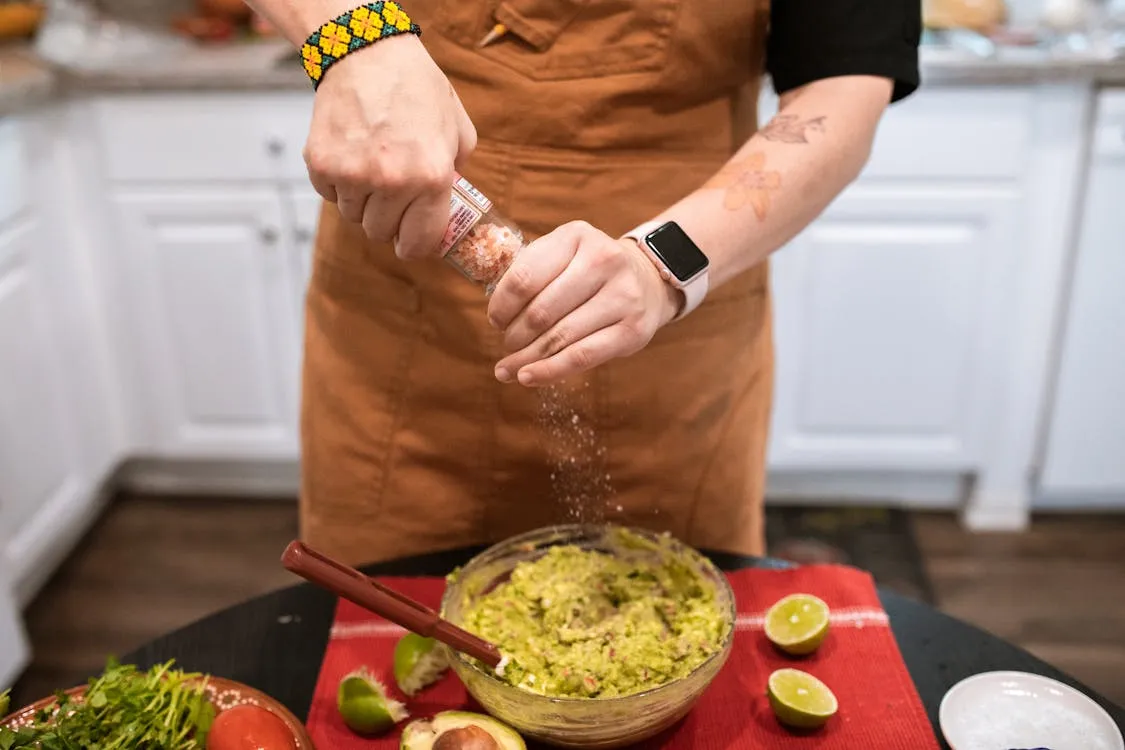 RDNE Stock project on Pexels
RDNE Stock project on Pexels
Underseasoned food is a common mistake. Salt enhances flavor, and proper seasoning throughout the cooking process ensures a balanced taste. Chefs use a “layering” technique, adding salt at various stages instead of all at once. Don’t be afraid to taste as you go; your palate is your best guide.
3. Mise en Place Is Your Best Friend
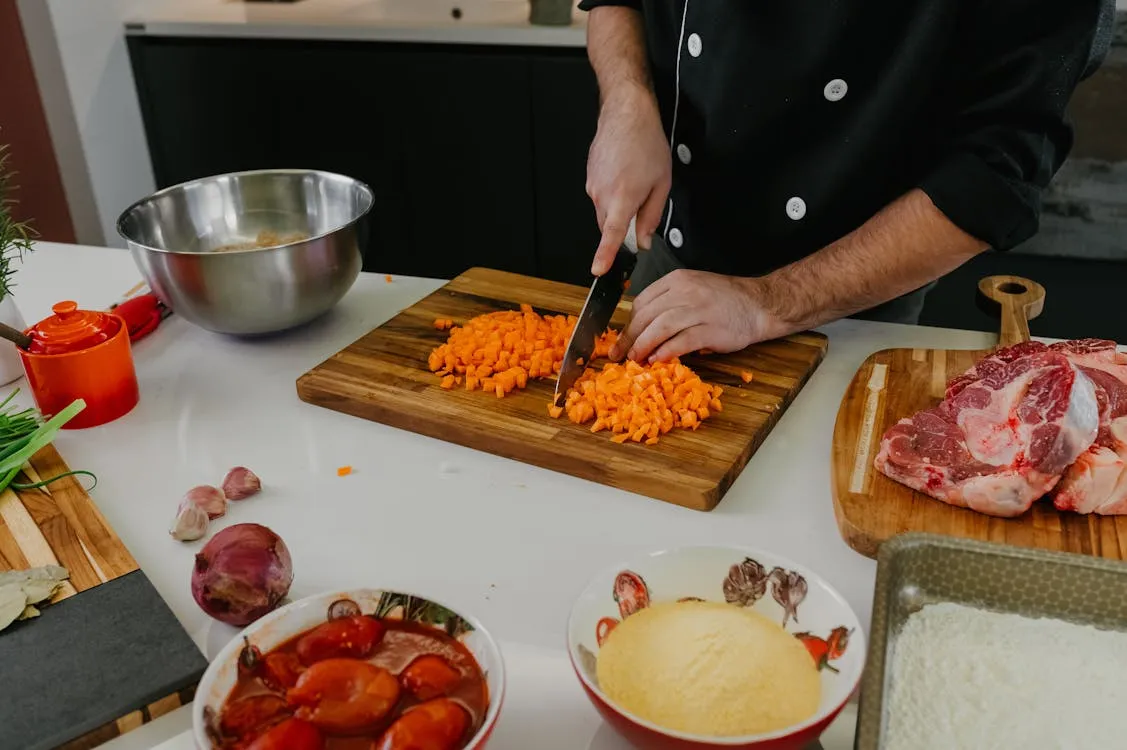 Jonathan Borba on Pexels
Jonathan Borba on Pexels
“Mise en place” is a fancy French phrase meaning “everything in its place” when translated. It’s a chef’s motto, and it simply means prepping ingredients before cooking. Doing so saves you time and reduces stress. It also ensures you don’t skip any vital steps critical for complex recipes. Use this approach to cook like an expert.
4. Fresh Ingredients Matter
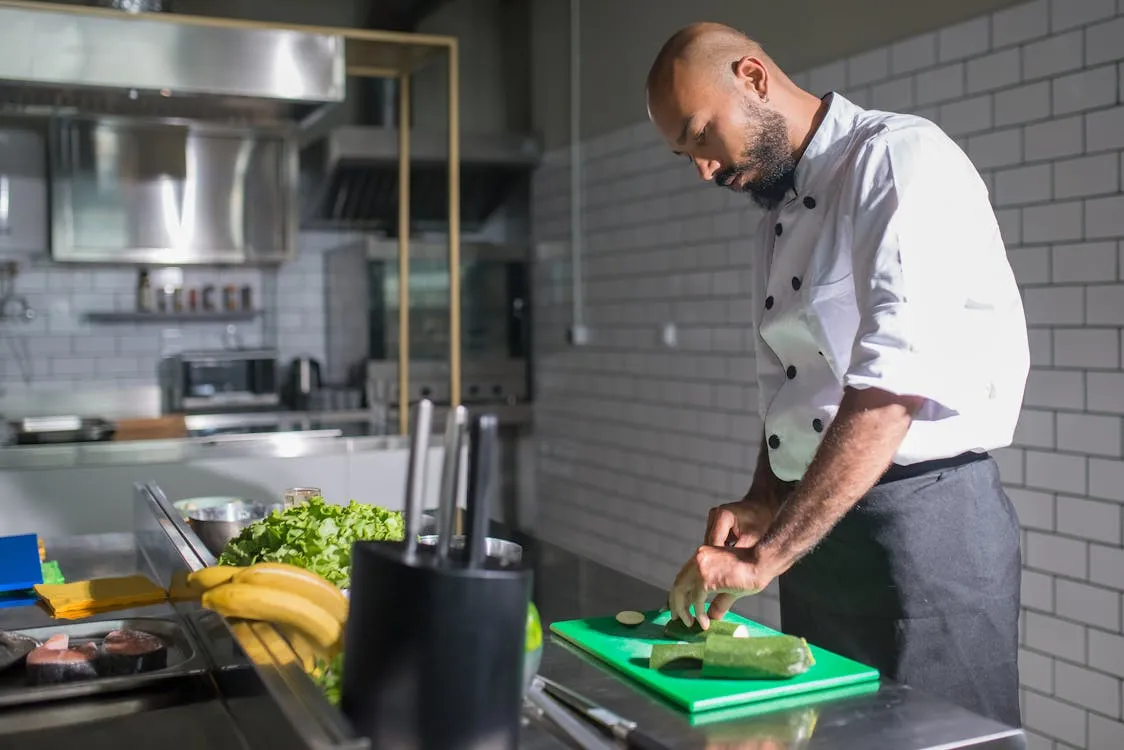 Kampus Production on Pexels
Kampus Production on Pexels
Fresh, seasonal ingredients elevate a dish from good to outstanding. Chefs often build menus around what’s in season for maximum flavor. Shopping locally at farmers’ markets ensures better quality and supports small producers. Remember, you can’t fake freshness.
5. Don’t Overcrowd the Pan
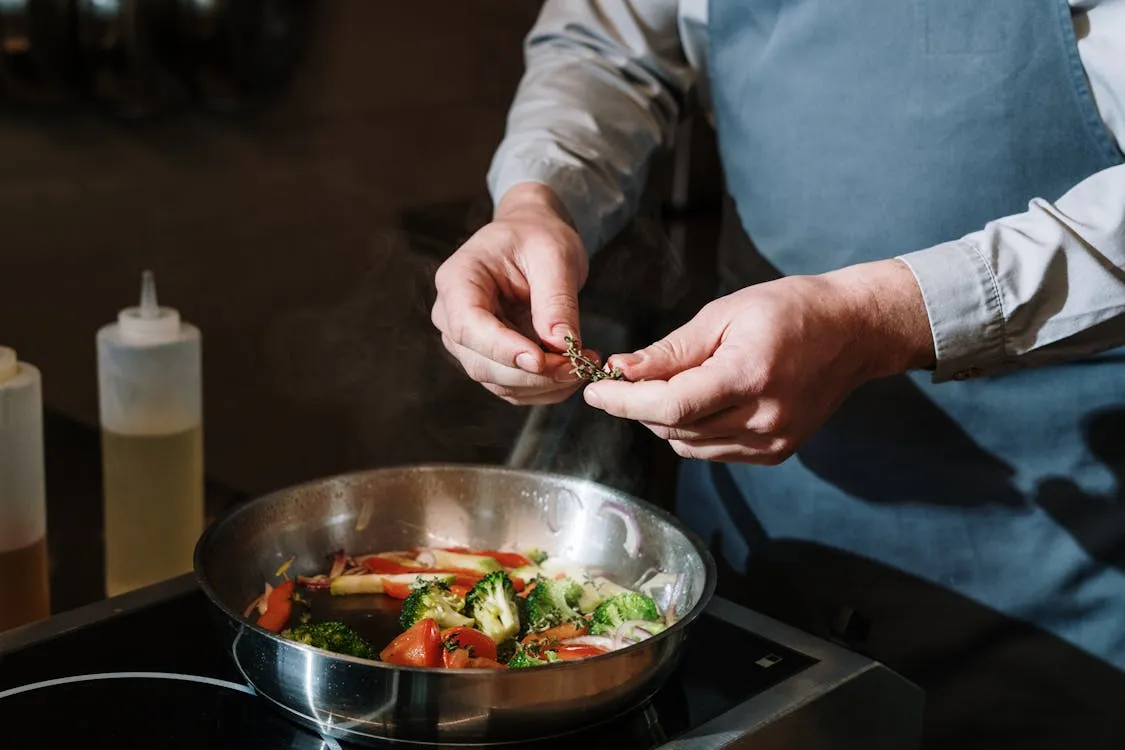 cottonbro studio on Pexels
cottonbro studio on Pexels
Overcrowding the pan creates steam instead of searing food, leading to soggy results. Chefs give ingredients room to breathe, allowing proper caramelization and crispness. If necessary, use a larger pan or cook in batches. This simple adjustment can drastically improve the food’s texture.
6. Taste, Adjust, Repeat
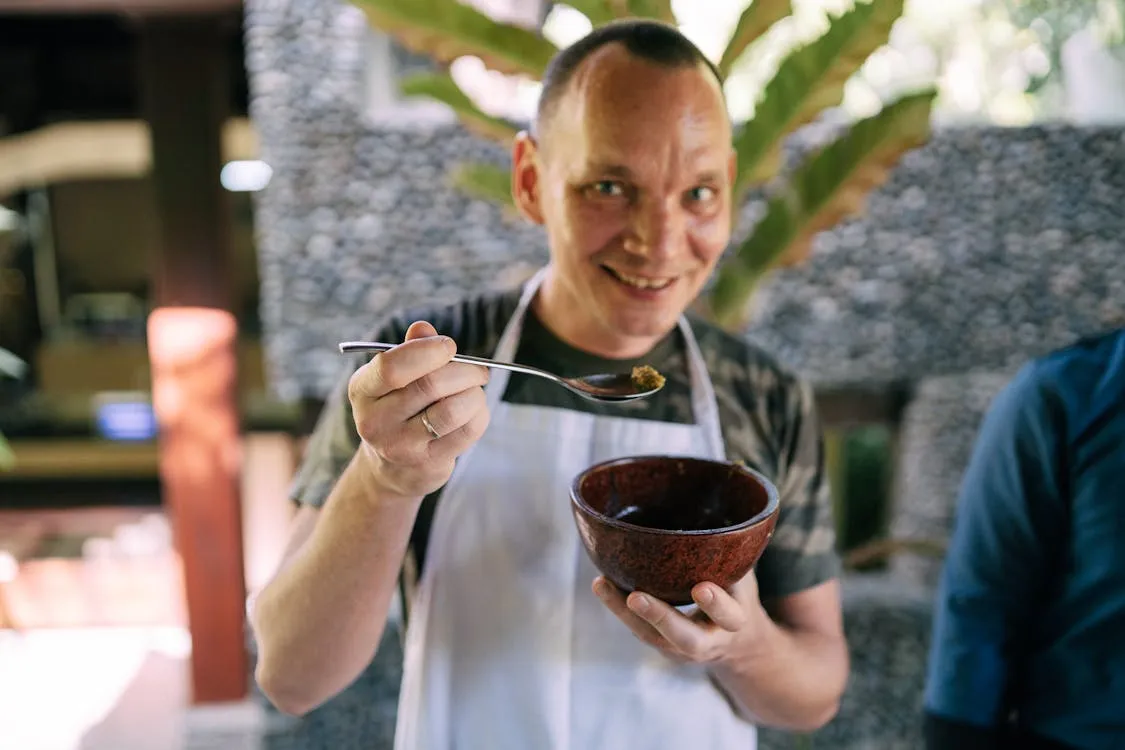 Yan Krukau on Pexels
Yan Krukau on Pexels
Chefs constantly taste their dishes throughout cooking. This habit allows them to balance flavors like acidity, sweetness, and saltiness. A final tasting before serving ensures a perfectly seasoned dish. Trust your taste buds; they’re your most valuable tool.
7. Master the Art of Searing
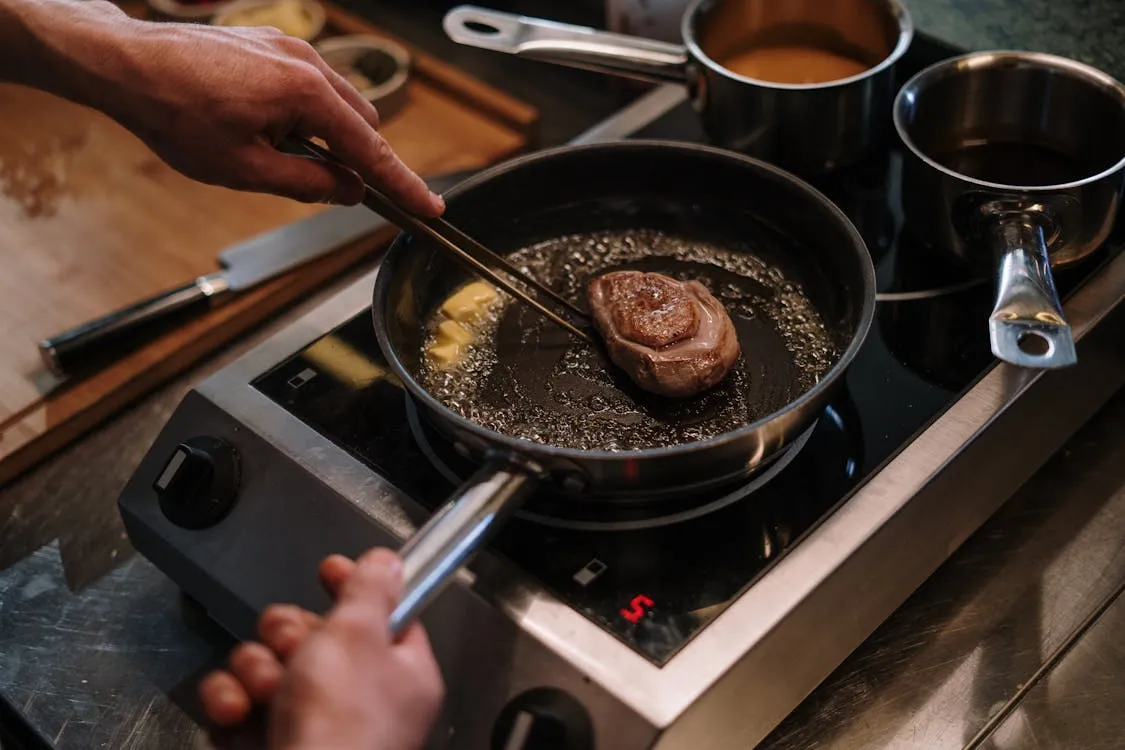 cottonbro studio on Pexels
cottonbro studio on Pexels
Searing meat creates a flavorful crust while locking in juices. To achieve this, pat the surface of the meat dry, season generously, and use a hot pan. Avoid flipping the meat too soon, and let the heat work its magic. A perfect sear is the foundation of many iconic dishes.
8. Use the Right Cooking Oil
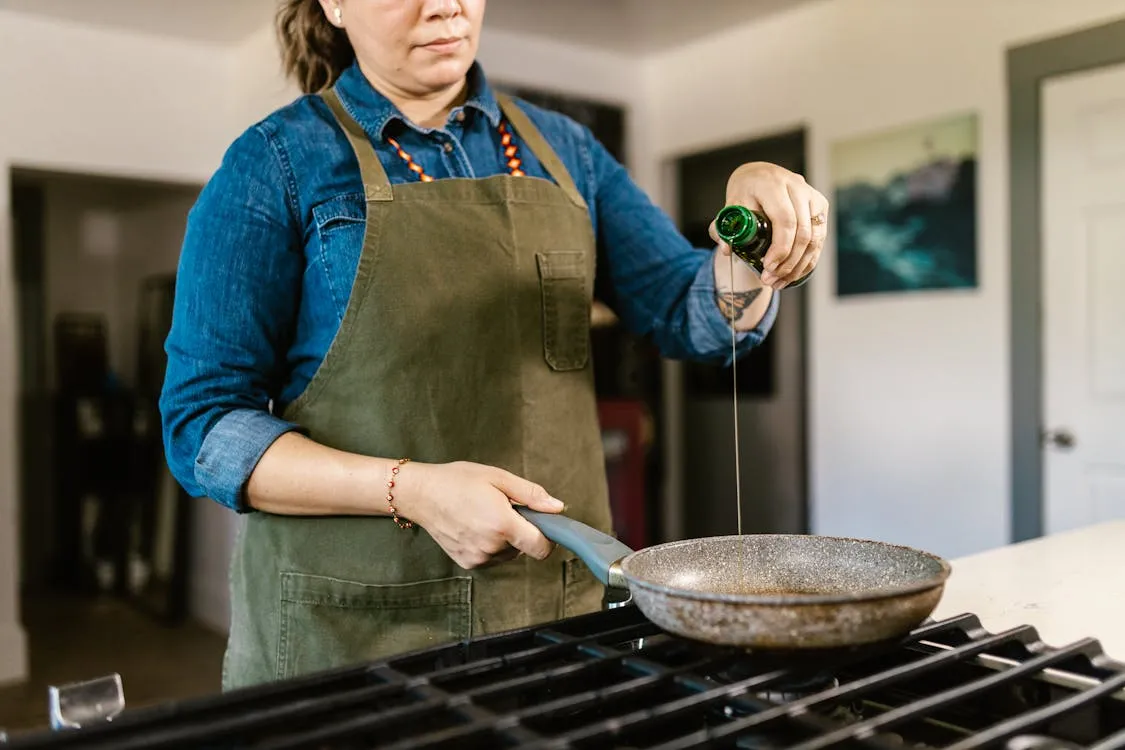 RDNE Stock project on Pexels
RDNE Stock project on Pexels
Different oils have different purposes. Chefs choose oil based on the ingredient’s smoke point and flavor profile. For high-heat cooking, neutral oils like canola or avocado are ideal, while olive oil shines in dressings or light sautés. Understanding the right kind of oil to use can prevent burnt flavors.
9. Simplicity Is Key
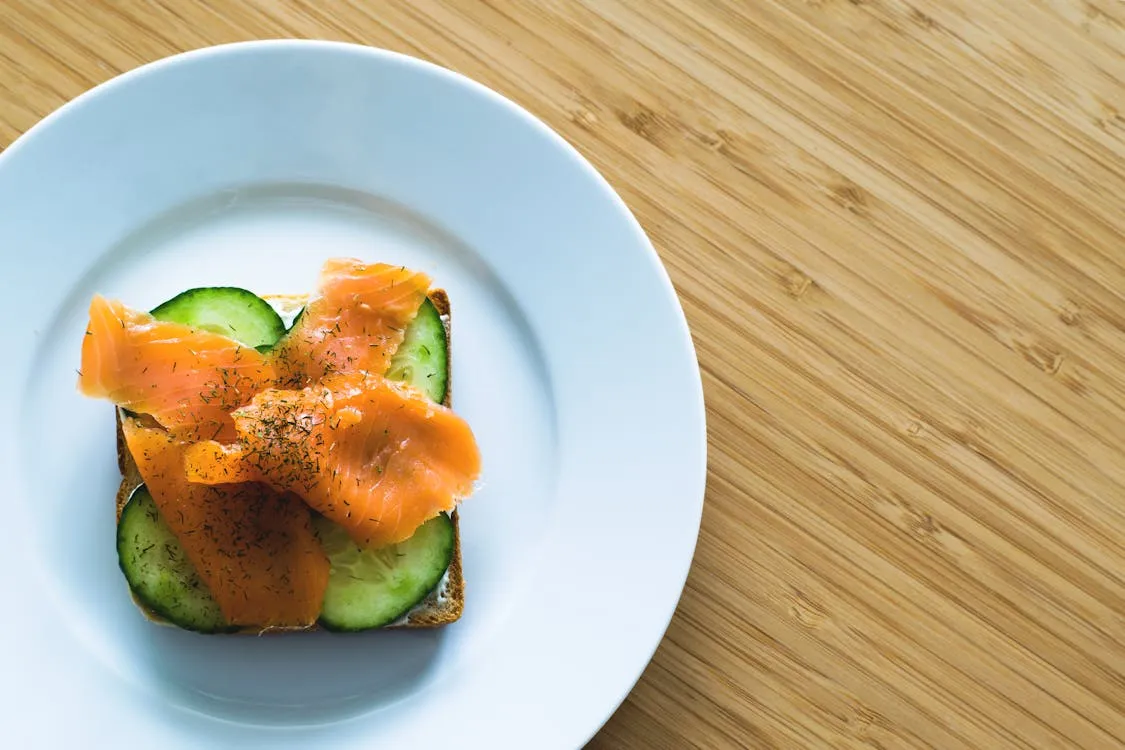 Lum3n on Pexels
Lum3n on Pexels
Chefs often say less is more. Overcomplicating a dish with too many flavors can ruin it. Avoid that by focusing on a few ingredients and figuring out how to let them shine. More often than not, it’s the simple dishes that often leave the most lasting impressions.
10. Let Meat Rest After Cooking
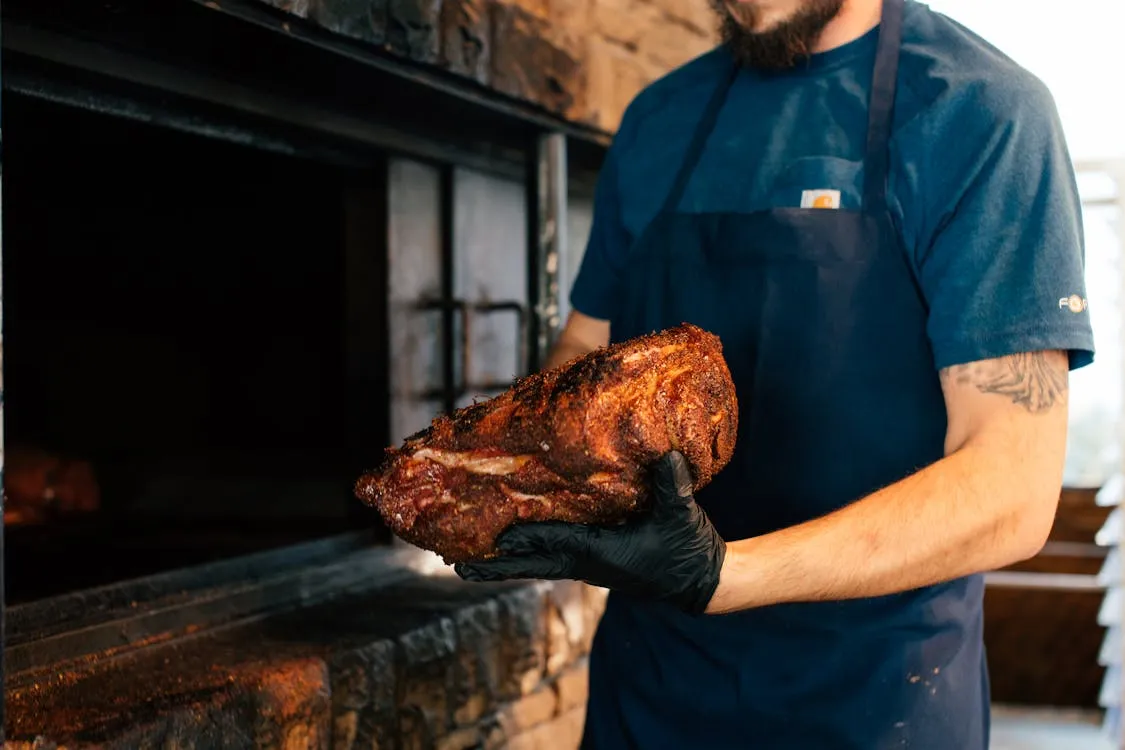 Rachel Claire on Pexels
Rachel Claire on Pexels
Cutting meat immediately after cooking releases its juices, making it dry. Chefs always let meat rest for a few minutes to redistribute the juices evenly. This small step results in moist, flavorful meat. Patience is key for the perfect bite.
11. Invest in Quality Cookware
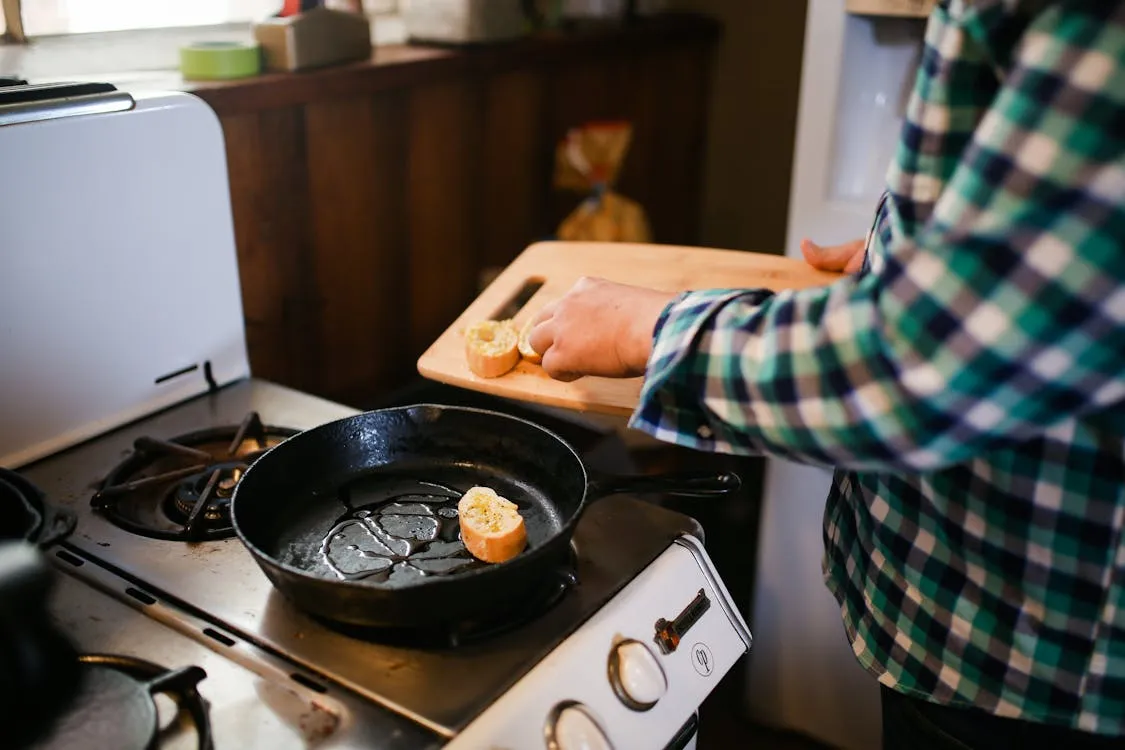 RDNE Stock project on Pexels
RDNE Stock project on Pexels
Good cookware can make or break your dish. Chefs rely on heavy-bottomed pans for even heat distribution and durability. Nonstick pans are great for delicate foods, while cast iron excels at searing. Invest once, and it’ll serve you for years.
12. Sauces Can Transform a Dish
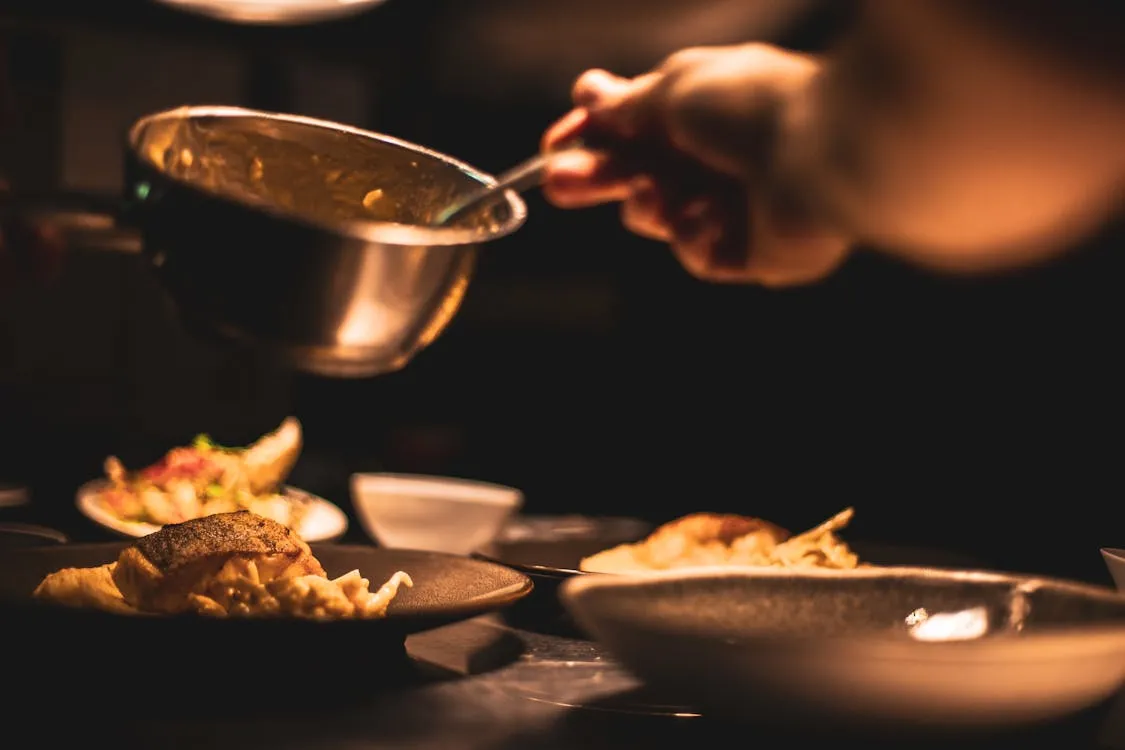 Yente Van Eynde on Pexels
Yente Van Eynde on Pexels
A well-made sauce ties a dish together and adds depth. Chefs use simple reductions, pan sauces, and emulsions like beurre blanc to elevate flavors. You don’t need fancy tools, just a little practice and experimentation. Sauces are a shortcut to sophistication.
13. Presentation Matters
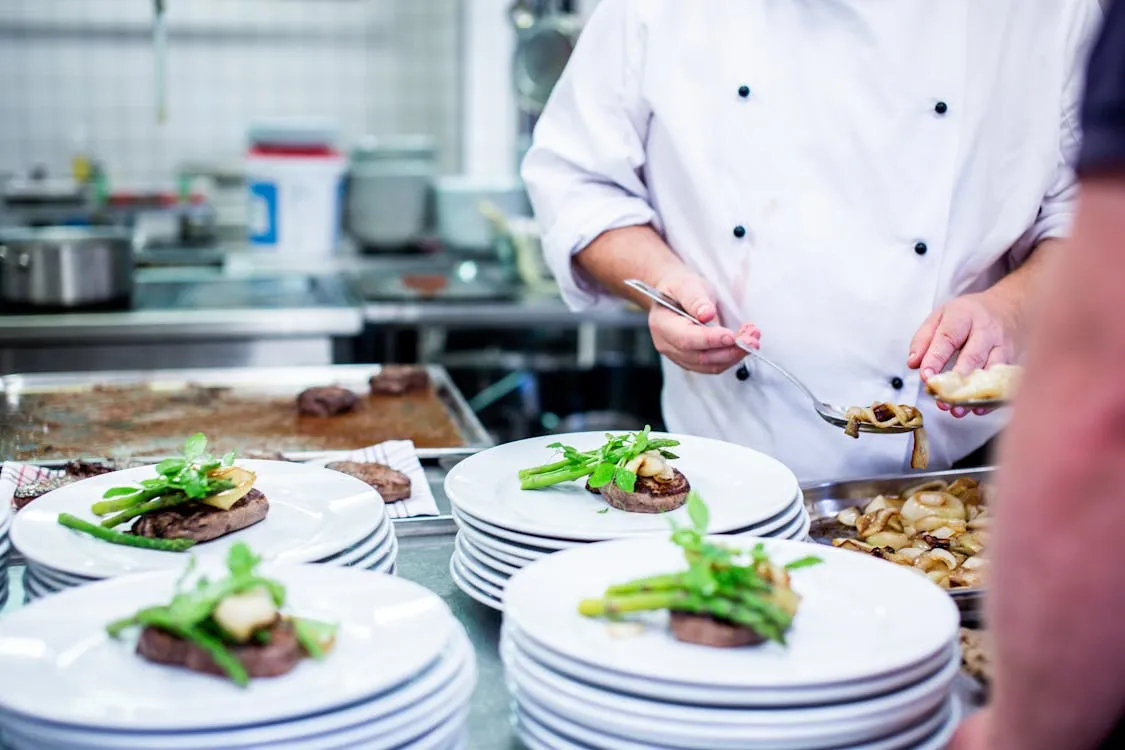 Rene Terp on Pexels
Rene Terp on Pexels
We eat with our eyes first, and chefs know the value of a visually appealing plate. A clean plate with thoughtful garnishes and balanced portions make a meal more inviting. Even at home, a little extra effort in plating can make dinner feel special.